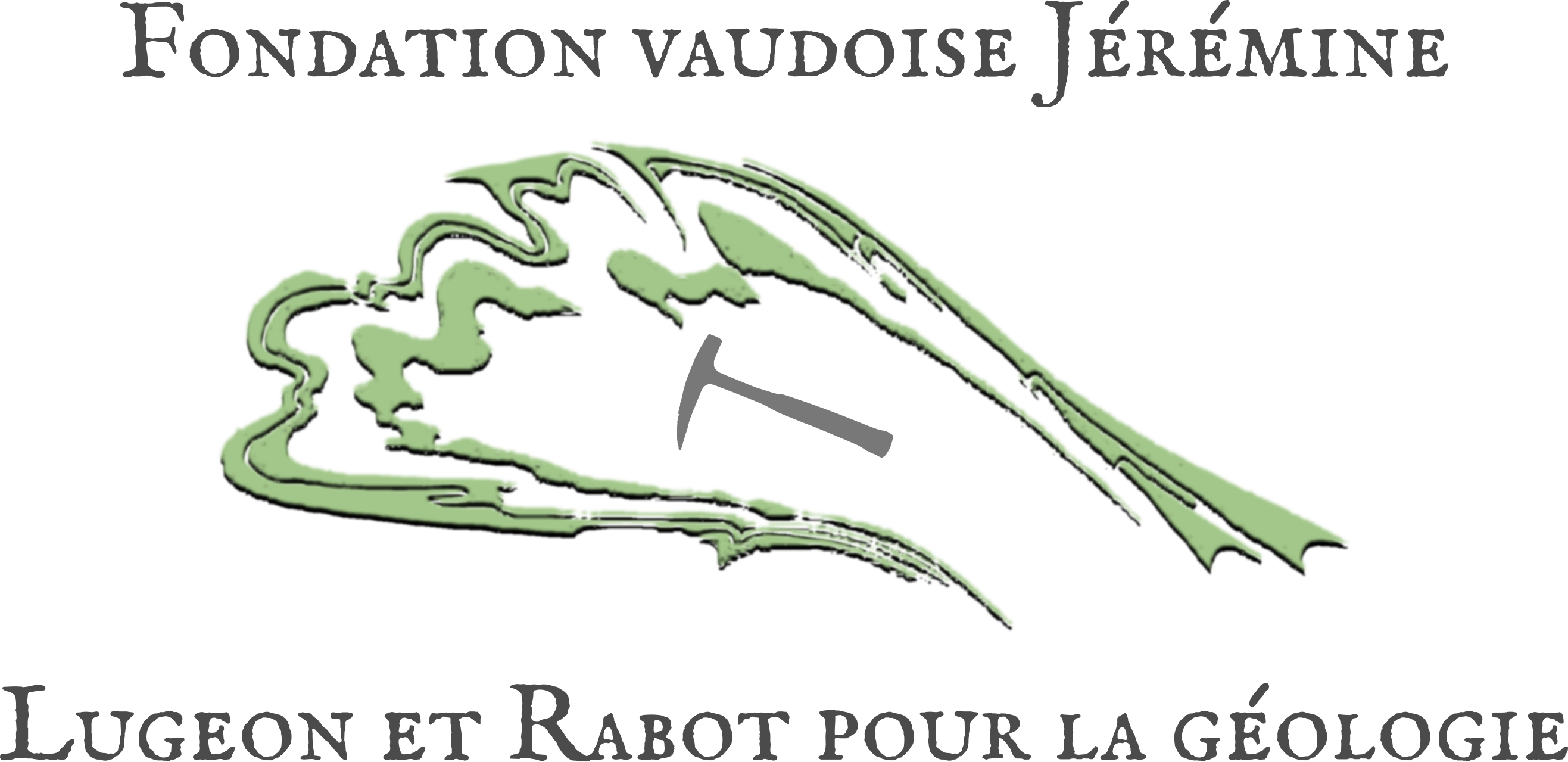Saint Triphon
Presentation
This particular, isolated relief, formed essentially of limestone layers, dominates the Rhône plain by 120 m and includes three hills: Lessus, Larines and Charpigny. Since ancient times, stone has been exploited here and today there are three large quarries: those of Lessus, Fontenailles and Andonces or Etrives. The quarries were abandoned towards the end of the 20th century and are now used for a variety of purposes: backfilling and dumping of toxic products at Lessus, a climbing school at Fontenailles and a large seasonal water show at Andonces. These hills are part of the communal and cantonal heritage and deserve to be known. In addition to a very dense archaeological interest, a botanical and zoological interest listed, they have a considerable geological interest that we will detail below.
The hills of Saint-Triphon, a unique geotope, Brigitte Pradervand and Aymon Baud, 2011.
The marbles of Chablais
One hardly suspects, in general, of the richness of the canton of Vaud in various varieties of "marbles", that is to say limestones more or less metamorphosed taking a beautiful polish, drawn sometimes from the Jura, like the grey-white limestone of Concise, or the light yellow one of Arzier, sometimes from the Pre-Alps of Vaud, and essentially from Chablais. These last materials especially found numerous applications, as the "Report on the exhibition of the products of the Swiss industry", in 1833 notes: "It is of the valley of the Rhone and mainly of the surroundings of Roche and Villeneuve in the canton of Vaud that were drawn almost all the marbles which appeared at the exhibition, and of which several are of a great beauty (...)". The report quotes, among the most remarkable productions, some executed in marble of Arve, in marble of Rock, in limestone breccia of the green or pink Ti ni era, as well as tablets in marble of Saint-Triphon and in red Châble. These quarries, intensively exploited in the XVIIIth and XIXth century, especially by the marble makers Doret, are almost all abandoned today. In spite of research on the spot, it was not possible for me to locate with precision all the places of extraction, which were certainly very numerous, but sometimes also very temporary; I will nevertheless approach, by progressing topographically from the east to the west, the various marbles of this area used for decorative purposes. However, in this field, which has already been extensively studied by Professor Francis de Quervain, I shall endeavor to give mostly unpublished information, contenting myself with referring the reader to a few fundamental publications for technical and geological characteristics.
Black, brown, red, violet and marbled: the marbles of the Chablais vaudois, Paul Bissegger, 1980.
